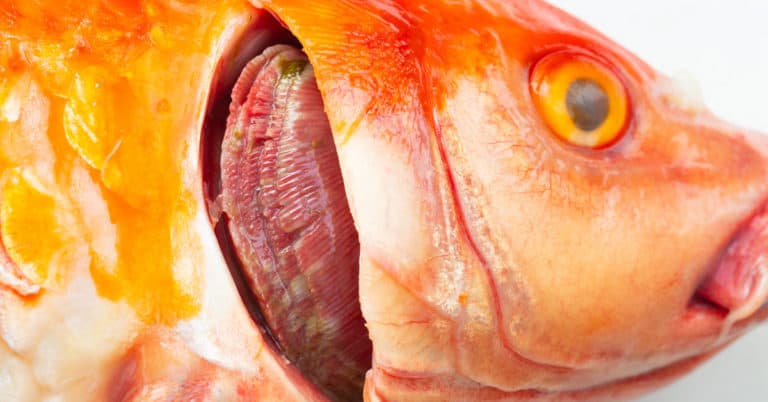Koi fish are among the most prized and sought-after aquatic pets. The Japanese call koi fish “swimming jewels” or “Nishikigoi.”
If you notice that your koi fish is not swimming from left to right, buoyancy problems due to swim bladder disorder may be at fault. Look to see if your koi fish is swimming vertically, with its nose pointed up or down.

The affected fish is swimming this way because it is having trouble deflating its swim bladder. Your sick koi fish needs to put in extra effort to stay away from the water’s surface. The constant strain is exhausting for your fish and can be fatal if left unattended.
No matter what price point or bloodline from which your koi fish came, I am sure you are here because you want to take the best care of it that you can. Below, I will discuss the causes and methods of caring for your koi fish if they come down with swim bladder disease.
If you read everything and still find yourself unsure of the correct diagnosis or solution, please consult a veterinarian specializing in fish. The American Association of Fish Veterinarians is a great place to start.
The swim bladder is the sack in your fish’s belly that fills with gases, usually oxygen, and deflates as needed to regulate the buoyancy of your fish. Some people refer to the swim bladder issue as an air bladder. This organ is positioned directly behind the pectoral fins of most fish.
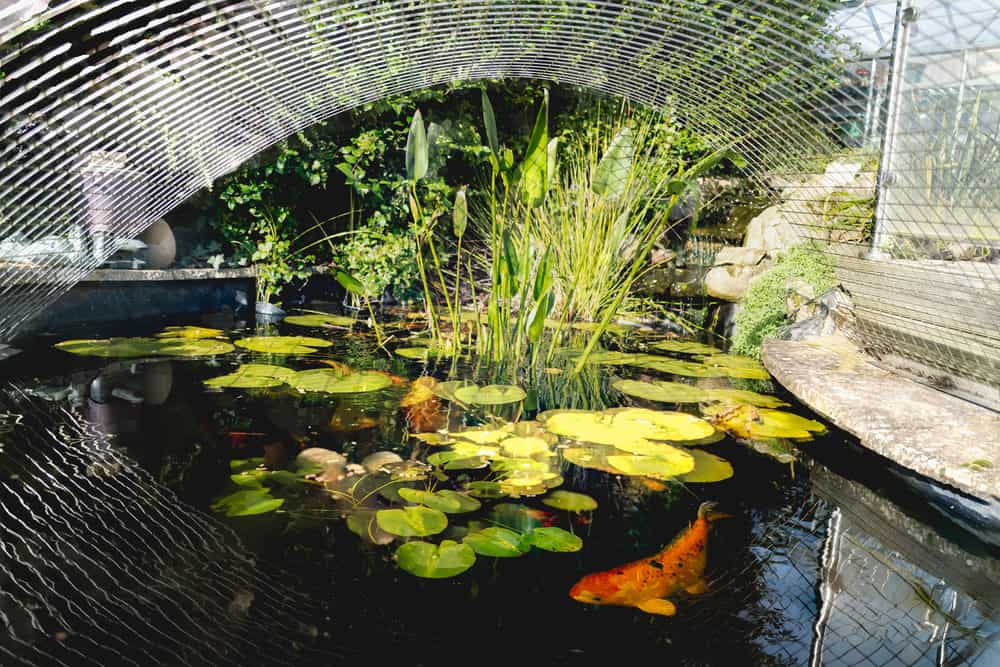
There is some debate among pond enthusiasts as to whether swim bladder disorder is worth curing or at all curable. The deciding factor here seems to hang on the root cause of the swim bladder disorder, which I will discuss below.
Unfortunately, not all causes are concretely known for swim bladder disorders. Swim bladder disorder can affect koi fish of any age.
The methods for care that I outline later work for some people and their pet fish, but not for others. If you are continually having problems, it is essential to consult your veterinarian.
Known causes for swim bladder disease:
The cause will dictate what treatment is needed, but trial and error may be necessary since this can be hard to detect.
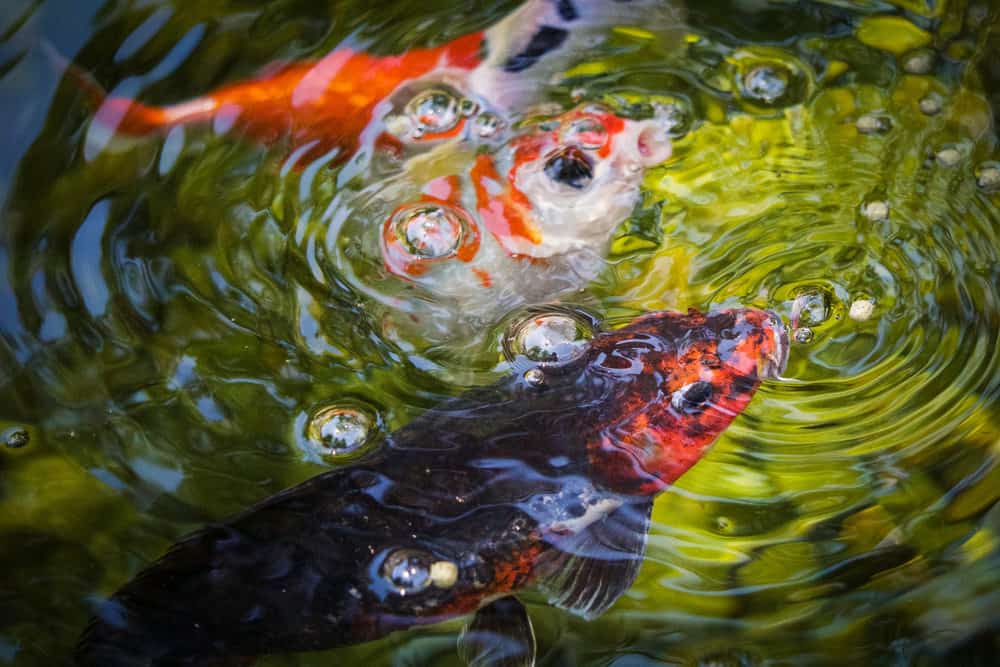
According to PetMD, because koi fish are quite large in comparison to most other forms of pet fish, they must be X-rayed with special care.
It is fascinating to think about any fish being X-rayed! At the end of this article, you will find more information about what a fish veterinarian can do for your affected koi fish.
PetMD goes on to say that koi fish may have preexisting conditions such as malformation of the spine or injury of the nervous system. These issues can make swim bladder disease worse, or cause it outright.
Koi fish can get sunburnt, which is another reason why it is essential to treat swim bladder! Swim bladder disease makes it harder for them to avoid the water’s surface.
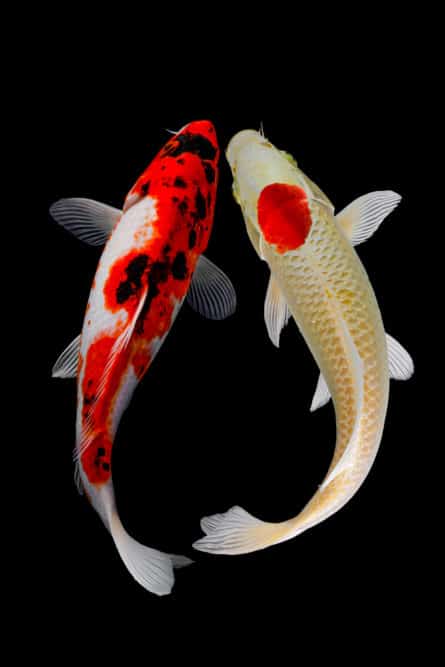
If your koi fish is new to its home, it may be worth waiting a week or two to see if their buoyancy problem persists. Swim bladder disorders caused by shock or injury will clear up on their own.
You may consider reducing the amount of water in the pond. Reducing the water level eases the pressure on your fish, making it easier for them to regulate their swim bladder.
If your koi fish has too much nitrate in its system, you can feed your fish boiled peas and spirulina, which act as a laxative, to see if this alleviates the issue of constipation and pressure.
Koi fish may isolate themselves if they are sick. They might not come to the surface with the rest of your fish when you put food in the water.
Luckily, koi fish can be hand-fed with some training, which may aid in treating their swim bladder disorder. On another note, if your fish stays near the bottom of the pond but is not swimming vertically, do not ignore this symptom. An isolating fish is a sick fish!

Some people choose to use weights to help their affected fish swim properly, although this does not seem to be a viable long-term solution. The weights can cause side effects, such as slime buildup on the areas covered by the new device.
You can make an effective “life jacket” for your sick fish, which will serve the opposite purpose as a human life jacket, weighing down your fish so that it can properly swim.
Materials needed for this project include:
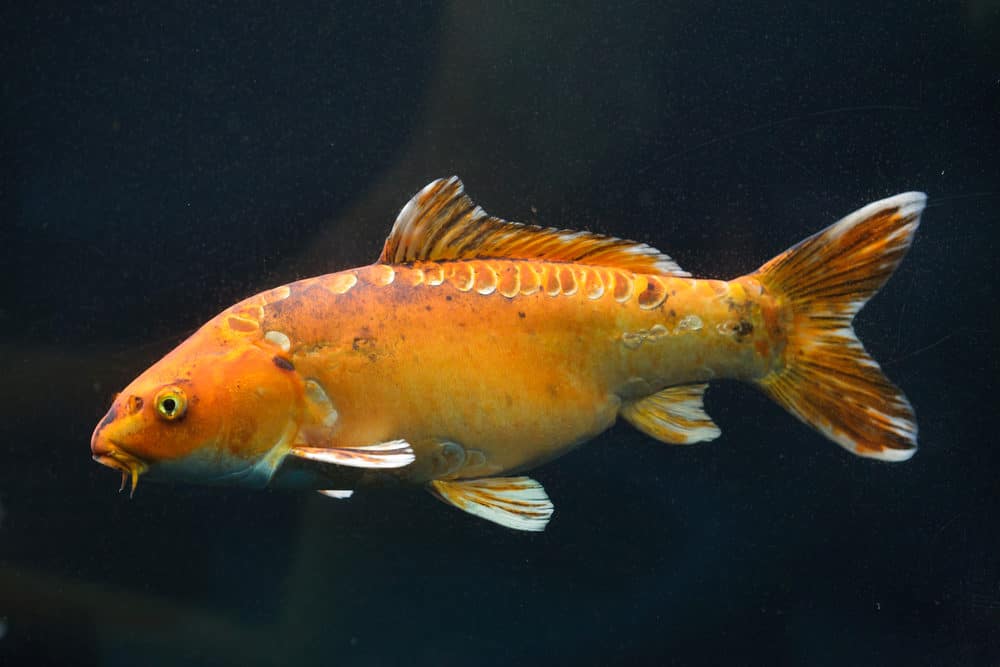
Once you have gathered these materials, cut the tubing to size. Fill the tubing with the wire from the pipe cleaners. The wire acts as both weight and a shaping mechanism for the device. Use the air tube adapters to connect the tubing into a cross shape.
You will want to create two crosses, one that will sit below your fish’s belly and one above your fish. This will keep the device stable. Your fish’s fins will come out on the sides.
Add washers to the bottom of the devices as needed, tied with string. I recommend doing a bit of trial and error to see how many your koi fish will need, but as they are much larger fish, they will most likely need a few.
Although this method is temporary, it is pretty cute to see your fish finally flourishing with its new life vest!
If your koi fish does not get better with the above methods, it may be fighting a bacterial infection. Contact your veterinarian, and give your fish short daily Epsom salt baths. Also, make sure your pond is clean and dechlorinated. Your veterinarian will prescribe antibiotics.

Fish veterinarians will manually deflate your fish’s swim bladder using a syringe and tubing. The process is riveting to see, but not something you should try to accomplish on your own! Your veterinarian will sedate your fish before administering this treatment.



